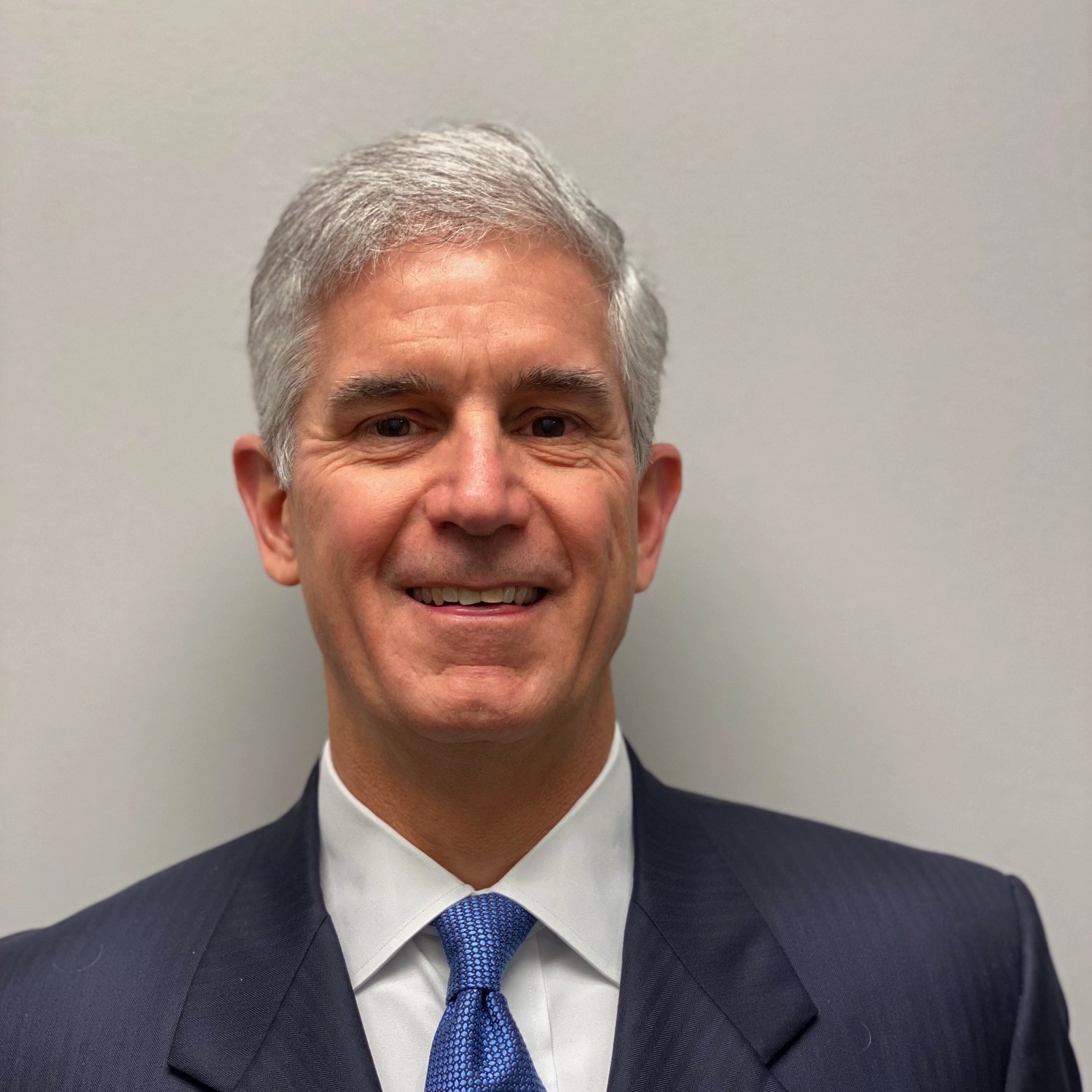Patenting 101 – Steps, Costs and Other Tips
Monday, March 19th, 2012
I’ve been getting a heightened level of calls in recent months from first-time independent inventors interesting in patenting, so perhaps the economy is getting better. If you’ve been thinking about patenting, here’s the 101 on cost and process:
Searching First
Usually you do patent searching first and then apply for a patent if the search results are good.
You search to try to determine if someone has already filed a patent application or obtained a patent on what you have invented. Such searching also might shed some light on whether your proposed product would infringe on someone else’s patent.
You do this by hiring a patent attorney who then engages a professional patent searcher. The searcher uses a description of your invention to look for related patents and published patent applications. The attorney then provides the found patents and applications to you along with some comments on how your patenting prospects look.
This step does not and cannot catch all potential obstacles, and it provides only a general analysis of your patenting prospects. You could spend a lot more to carefully analyze specific concerns.
This step usually costs about $1500 to $2000.
Applying for a Patent
You will spend about $3000 to $10,000 in attorney’s fees for a patent attorney to prepare and file a full U.S. patent application. Simpler inventions will be toward the lower end of the scale.
On top of that, even if you qualify as a “small entity” (most individual inventors do), you will pay to the Patent Office initial application filing fees of several hundred dollars.
As your patent application progresses, you’ll almost certainly have to fight through initial rejections, which may cost a couple or more thousand dollars in legal fees per rejection to overcome, if they can be overcome. You’ll also have to pay additional fees to the Patent Office at steps along the way.
It takes about three years to get a patent. Some technologies go through the Patent Office faster than others. You can put “patent pending” on your invention while you wait.
If your patent is allowed, you’ll have to pay substantial fees to the Patent Office at certain times during the life of your patent to keep it in force.
What Patent Attorneys Aren’t
Patent attorneys are not invention commercializers. They cannot find investors for your start-up company. They cannot find someone who will buy your patent or pay for a license to use your patent. If you need help with that, you’ll have to look to other resources.
Beware of invention-submission companies like the ones you see on TV. While I’m not commenting on any specific company, they generally have a reputation of delivering no value. For more information, check out “Scam Prevention” on the “Inventors” section of the U.S. Patent and Trademark Office website, USPTO.gov.
Provisional Patent Applications
Perhaps you’ve heard of a “poor man’s patent.” This refers to a U.S. provisional patent application (a “PPA” in patent-speak), which entails filing just a written description of your invention and paying a filing fee.
You can lose your patent rights if you wait too long to apply. A PPA generally gets you a one-year period to file a full patent application.
Some feel you can file a PPA with little or no aid from a patent attorney, thus buying time while holding down legal costs.
I recommend against using PPA’s for this purpose. A PPA won’t protect any elements of your invention that aren’t fully disclosed in it. Often those elements are fully fleshed out only in the process of crafting a full patent application.
On the other hand, PPA’s are useful to capture incremental improvements in an evolving R&D process. They will be used with more frequency when the U.S. switches to a new patent law in 2013, because that change will make it even more important to be the first inventor to file a patent application on an invention.
Overall, patenting is more expensive, slow and work-intensive than many new inventors realize. I’d come up with a good business plan and total-venture budget before taking the patenting plunge.
by John B. Farmer
Published in the Richmond Times-Dispatch
© 2012 Leading-Edge Law Group, PLC. All rights reserved.




